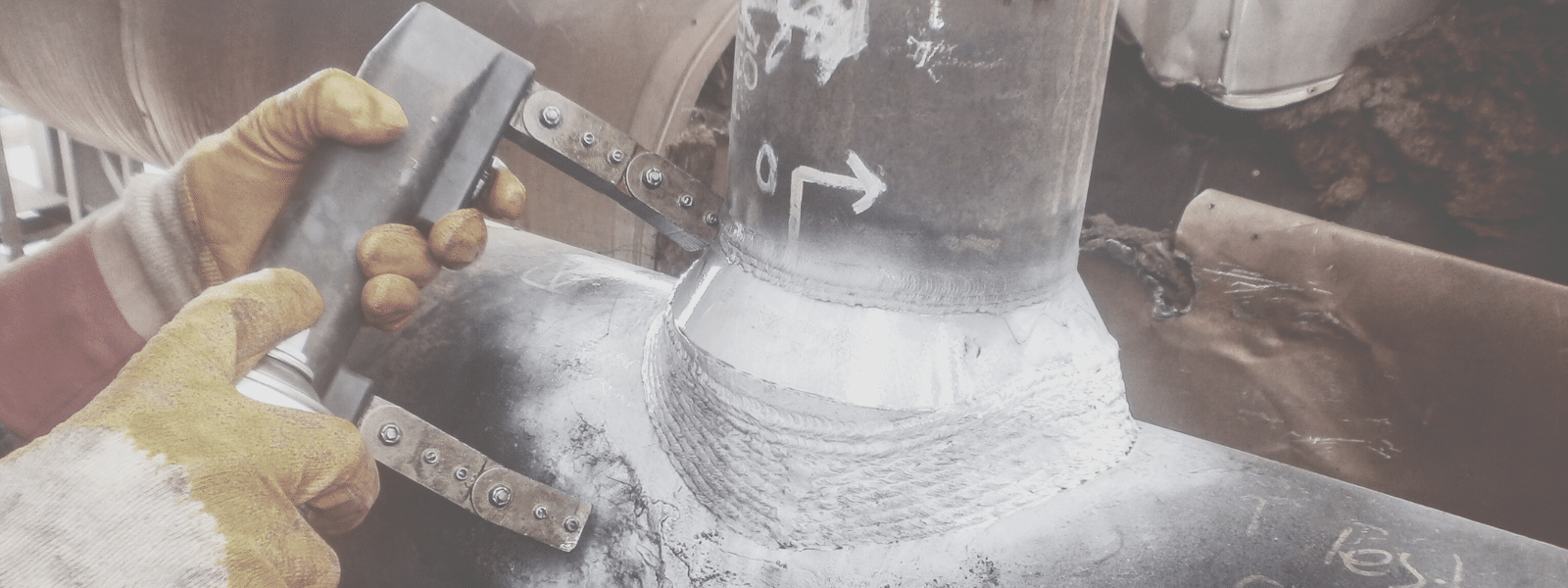If you look at model of a combustion engine, it appears to have metal parts that rub against each other when it runs. In reality, the components are moving in exceptionally close proximity to each other, with a thin layer of motor oil separating them.
If the oil weren’t viscous enough to fill the space between the components, it would flow to a lower center of gravity in the engine, leaving the parts to rub each other and cause damage. By the same token, if the oil were too viscous, it could fail to distribute properly between parts, causing the same problem for a different reason.
To ensure motor oil has the right viscosity for the application, users of motor-powered, industrial equipment apply oil thinning solvents for engines. The solvents are inexpensive, but they can save companies millions in equipment repairs, maintenance, and replaced equipment.
Using Oil Thinning Solvents for Engines: Factors
Oil thinning solvents for engines have a straightforward use: They make oil decreasingly viscous, optimizing its performance based on the performance characteristics of the engine. Below are factors industrial users commonly consider before using oil thinning solvent:
1. Rate at Which Oil Acquires Soils
Oil becomes gradually becomes “dirty” and needs to be replaced, as it picks up specks of debris while it circulates and lubricates the engine. How quickly motor oil acquires infinitesimal particulate matter depends largely on the work environment of the motor.
The oil in an industrial woodworking machine could become saturated with wood dust and need frequent replacement. Continuing to absorb the dust would make the oil too viscous to perform. Applying oil thinning solvents for engines might help the oil maintain good viscosity for a short time longer — such as a few hours while a production run finishes — that is crucial for business.
2. Clearance Between Moving Parts
The clearance between moving engine parts may be so minute that oil is drawn into the space by capillary action. To perform this way, oil needs a resilient, homogenous microstructure that is nonetheless relatively low on the viscosity scale. Applying precisely the right amount of thinning solvent can create the right consistency to facilitate capillary action.
3. Operating Temperature of Engine
Heat causes motor oil to deteriorate, making it more viscous over time. When food oils receive high heat, they start to evaporate. Due to its comparatively heat-resistant formulation, motor oil essentially does the opposite: It turns to sludge, which mechanics must eventually “flush out”.
Preventing sludge with oil thinning solvent helps engines operate more efficiently and prevents the need for frequent engine treatments to banish a substance that must be forcefully flushed out or dissolved with strong solvents.
Conclusion
Oil thinning solvents for engines control oil viscosity to keep engines operating efficiently and prevent damage from friction between moving parts. In addition to the volume of oil you treat, how much oil thinning solvent to apply can depend on: how quickly the oil becomes “dirty”, clearance between moving engine parts, and the operating temperature of the engine.
For help selecting the right oil thinning solvent for your application, contact Ecolink today at 800-563-1305, or send us an email through our contact form. We look forward to assisting you!















